It is true that the first Queens of the Stone Age are composed of three quarters of Kyuss (Josh Homme on guitar and vocals, Nick Oliveri on bass, Alfredo Hernández on drums), but while the latter were still firmly anchored in the past, the hard sound psychedelic blues from the 70s with their typical lysergic and obsessive instrumental expansions, Queens of the Stone Age (as producer Chris Goss jokingly called Kyuss during a recording session) re-enact the sound of the parent band in the form of more structured songs, easily accessible and memorized: no longer the low tunings and the gloomy guitar sound of Kyuss, of Sabbathian origin, but torrential acid riffs of Stoogesian derivation; no longer the hoarse and powerful voice of John Garcia, but the melodious and indolent one of Josh Homme.
Homme’s band abandons the monolithic and heavy rock of Kyuss to develop a new trance-hypnotic musical style, which Homme himself will define as robotic rock, that is, based on the hammering repetition of guitar licks. Queens of the Stone Age are a brilliant, admirable synthesis of past, present and future, of 60s/70s rock and futuristic rock: they recover the acid blues rock of Blue Cheer, the heavy metal of Black Sabbath in a modern key and the proto-punk of the Stooges, mixing everything with punk, hard, desert rock, pop and psychedelia.
The QOTSA adventure begins exactly when the Kyuss one ends: the split marks this passage Kyuss/Queens of the Stone Agereleased in 1997. The disc contains the last three Kyuss recordings recorded in the Rancho de la Luna studio in Joshua Tree, California, and three new songs attributed to Gamma Ray (name later dropped due to homonyms with the German power metal group ), an impromptu project put together by Homme (singer and guitarist), together with Van Conner (bassist of Screaming Trees) and Victor “The Stick” Indrizzo (drummer of Masters of Reality).
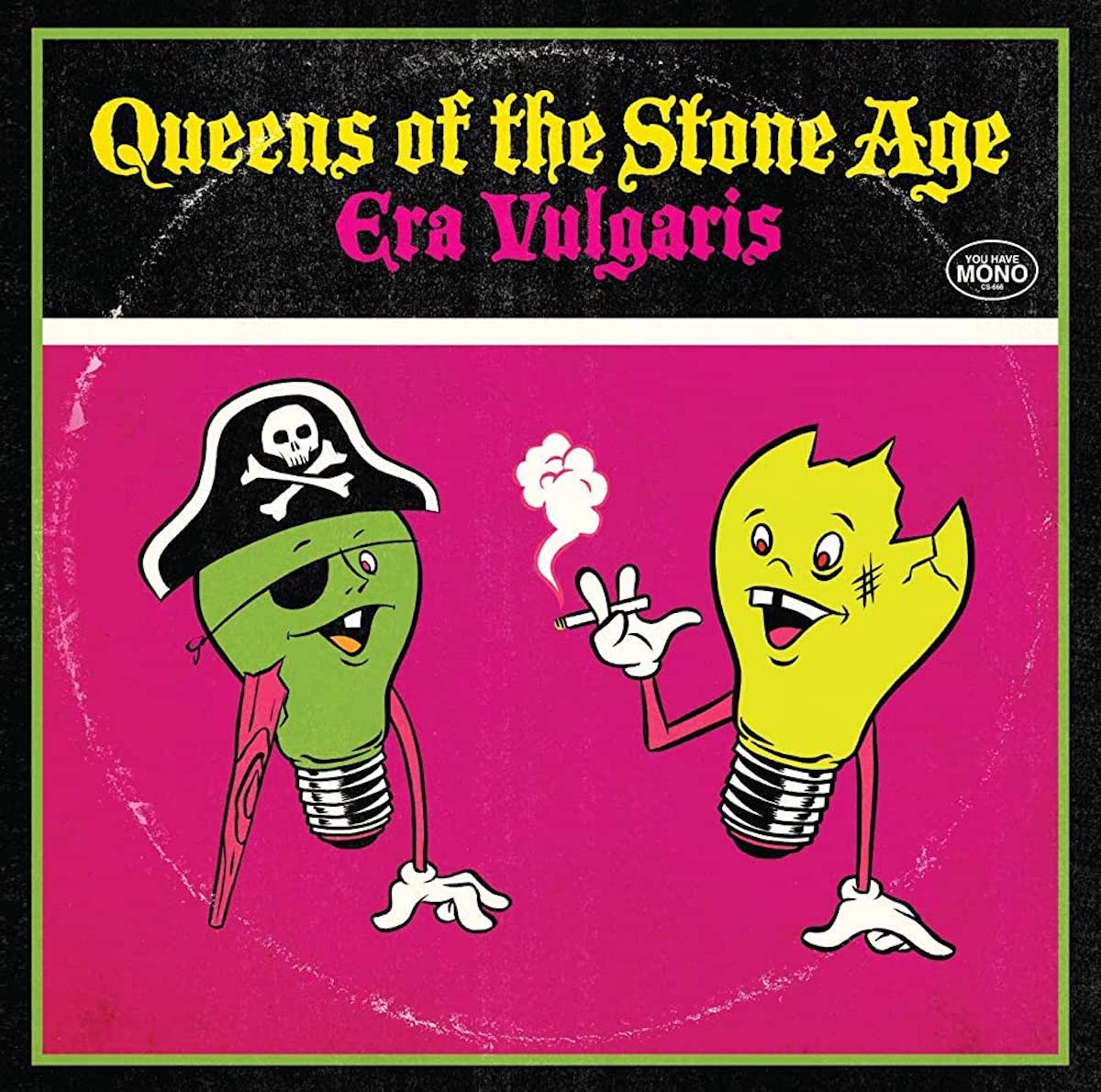
As in the fourth album, Lullabies to Paralyzeeven in the next It was Vulgaris there is no shortage of illustrious guests (Trent Reznor of Nine Inch Nails, Julian Casablancas of the Strokes and the inevitable Mark Lanegan), but the 12 songs in the lineup do not substantially change a style now settled on fairly predictable coordinates. The song format prevails (the only psych incursion is the instrumental coda of Suture Up Your Future) and in the midst of uninspired moments, something is still saved: the single Sick, Sick, Sickthe makeover of Make It Wit Chu (give her Desert Sessions Vol. 9-10), the Nirvanian 3’s & 7’s. Not a bad album, but in some respects it is an interlocutory and negligible album, which disappoints not a little if you compare it to the artistic peaks reached by Kyuss and the best QOTSA.
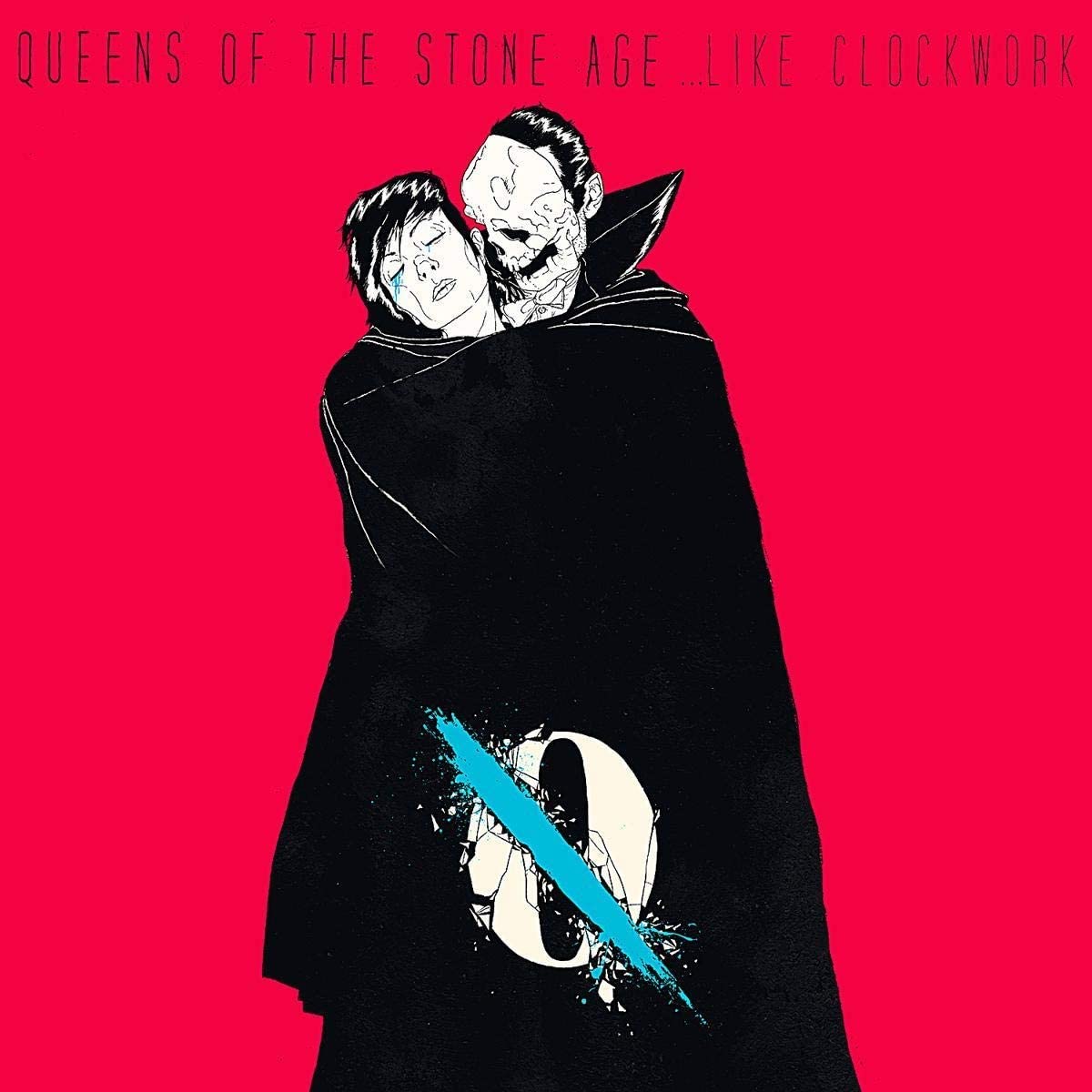
From Lullabies to parlayze onwards the music of QOTSA, while not giving up some occasional stylistic bizarreness, starts a process of gradual “normalization”: the innovative charge and the disruptive force of the beginnings are lost and the craft prevails. Not that, in the continuation of their career, they have released bad albums, but the band’s formula, built on the alternation of energetic songs and intimist ballads with a noir aftertaste and a dark and dark mood, repeats itself without the brilliant flashes of the first albums. , moving along more reassuring and less dazzling coordinates. In …Like Clockwork there is a good roundup of successful guests (Trent Reznor, Mark Lanegan and even Elton John, whose presence however is quite imperceptible, limited only to an intervention with voice and piano in Fairweather Friends), with the return of Dave Grohl on drums in five tracks (there is also the participation of Nick Oliveri, on vocals in If I Had a Tail). Overall it is an artistically appreciable but not absolutely essential work, with some noteworthy peaks (If I Had a Tail And My God Is the Sun).
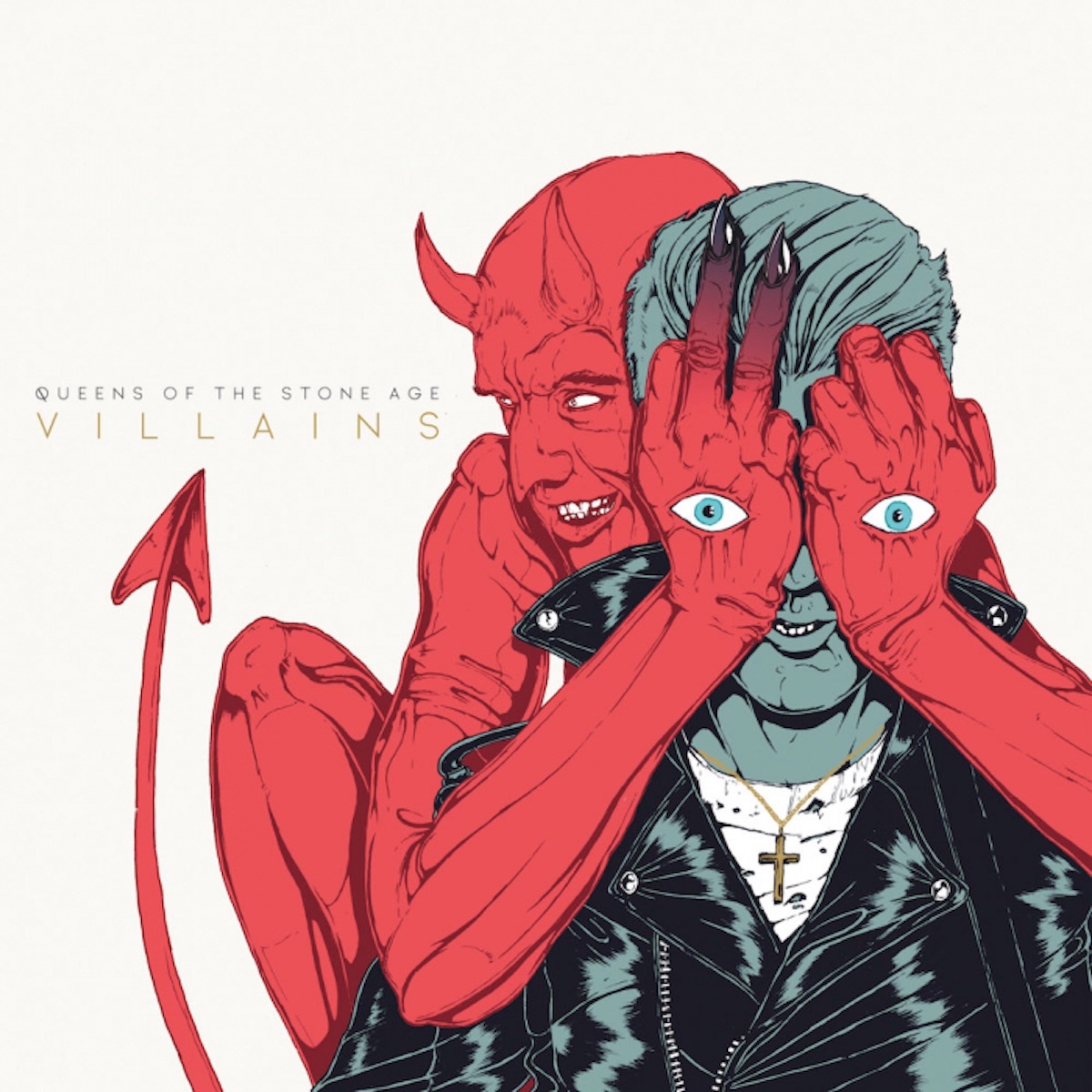
While …Like Clockwork can be considered QOTSA’s dark album due to its gloomy atmospheres, Villains it is a more sunny, immediate and direct work, with more danceable and catchy sounds, which recall the physical approach to rock’n’roll of the Eagles of Death Metal, Homme’s garage rock parallel project with Jesse Hughes. In the frenetic rhythms and scratchy and skeletal guitars of The Way You Used to Do And Head Like a Haunted House echoes the Cramps’ rockabilly declined in a dancefloor boogie, in songs like Un-Reborn Again a certain glam vein emerges, reminiscent of T. Rex, an influence mentioned by Homme himself. The glorious past, while updated in a more usable format, returns in The Evil Has Landedone of the album’s highlights.
In Times New Roman…
2023
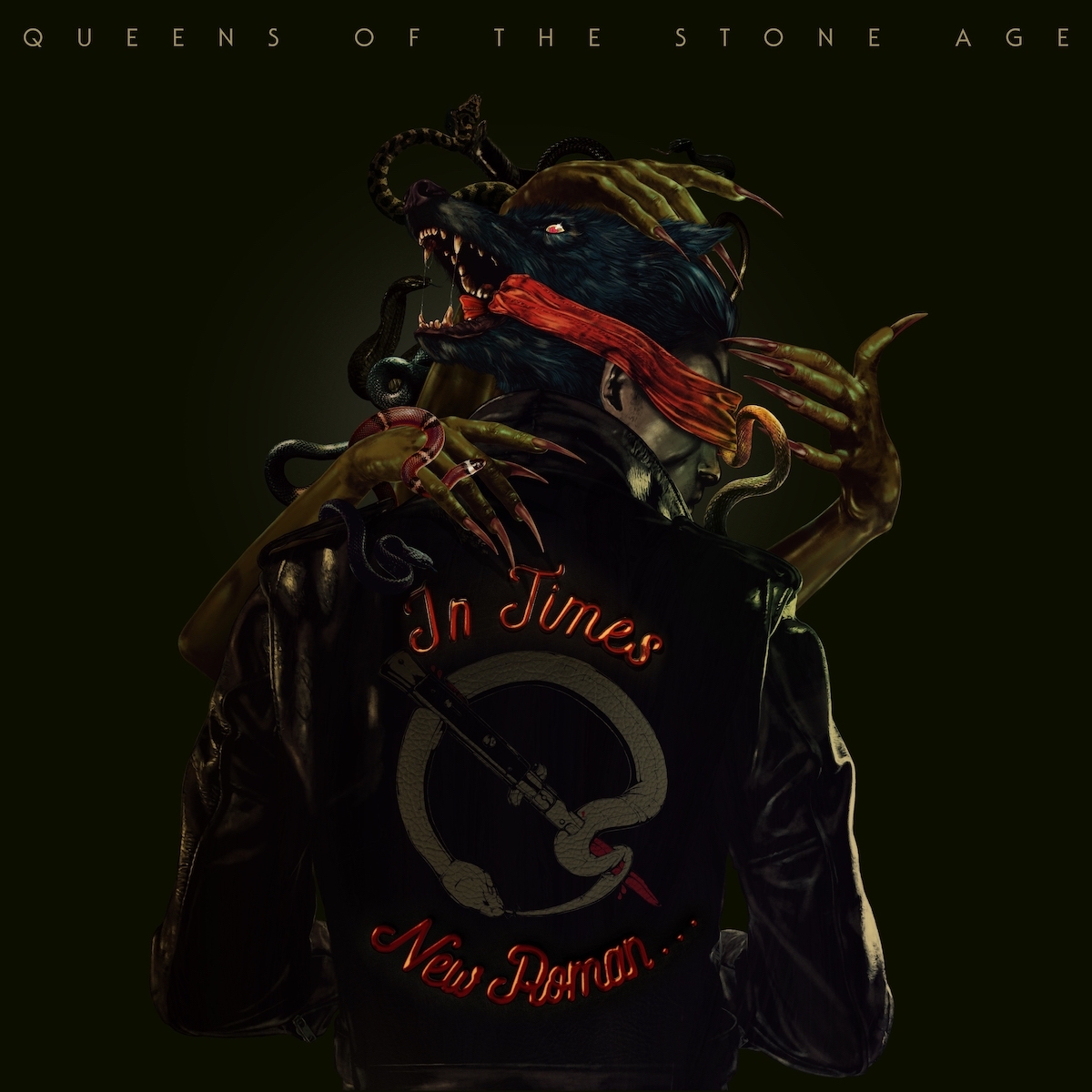
Compared to previous albums (it’s been six years since Villains), In Times New Roman… returns to the good “old” rock with a rougher and more rocky sound: there is no longer a trace of the early stoner rock, but it is still a solid, raw, direct and no-nonsense album, which focuses a lot on the physical impact, with impetuous and disruptive songs, with strong garage rock, blues and grunge veins, such as Paper Machete, negative space, What the Peephole Say. An excellently arranged record with attention to the smallest details, endowed with explosive power, with granite and abrasive riffs reminiscent of the first QOTSAs and with some openings to darker and darker atmospheres, which refer to Bowie’s style (Carnavoyeur): nothing to do with the dance and light-hearted approach of Villains. Homme (QOTSA have become his personal creature) has rediscovered the creative vein of the past.
Lullabies to Paralyze
2005
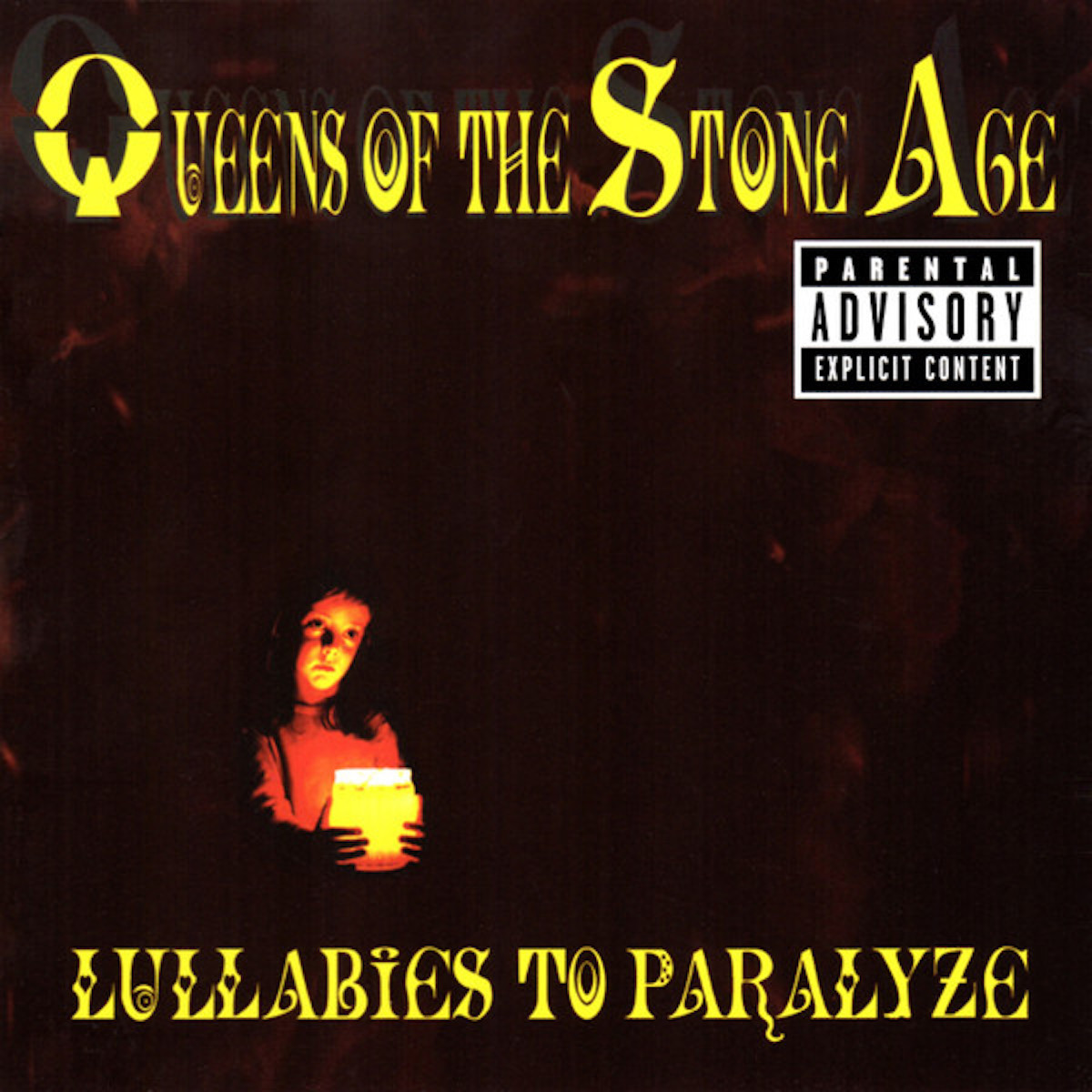
Broken partnership between Homme and Oliveri (removed from the band for his excessive conduct), Lullabies to Paralyze affirms the artistic hegemony of Homme, joined this time by multi-instrumentalist Troy Van Leeuwen (ex guitarist of A Perfect Circle) and Joey Castillo (ex drummer of Danzig), with the participation of excellent guests, such as Mark Lanegan and Billy Gibbons of ZZ Top. Homme’s genius reshuffles the cards, not following a precise direction, but pandering to the different thrusts of his multifaceted artistic personality and creating a synthesis between the first three albums. The disc alternates between calm moments, barely whispered chants (This Lullaby opening, sung by the excellent Lanegan) to more intense and enthralling episodes: above all the dark and tarry blues of Burn the Witchthe powerful joints of guitar, bass and drums in little sister and the towering Kyuss-like wall of sound Someone’s in the Wolf, one of the album’s highlights. Therefore, a very valuable album, unjustly mistreated by the critics, because penalized by the comparison with the acclaimed Songs for the Deaf.
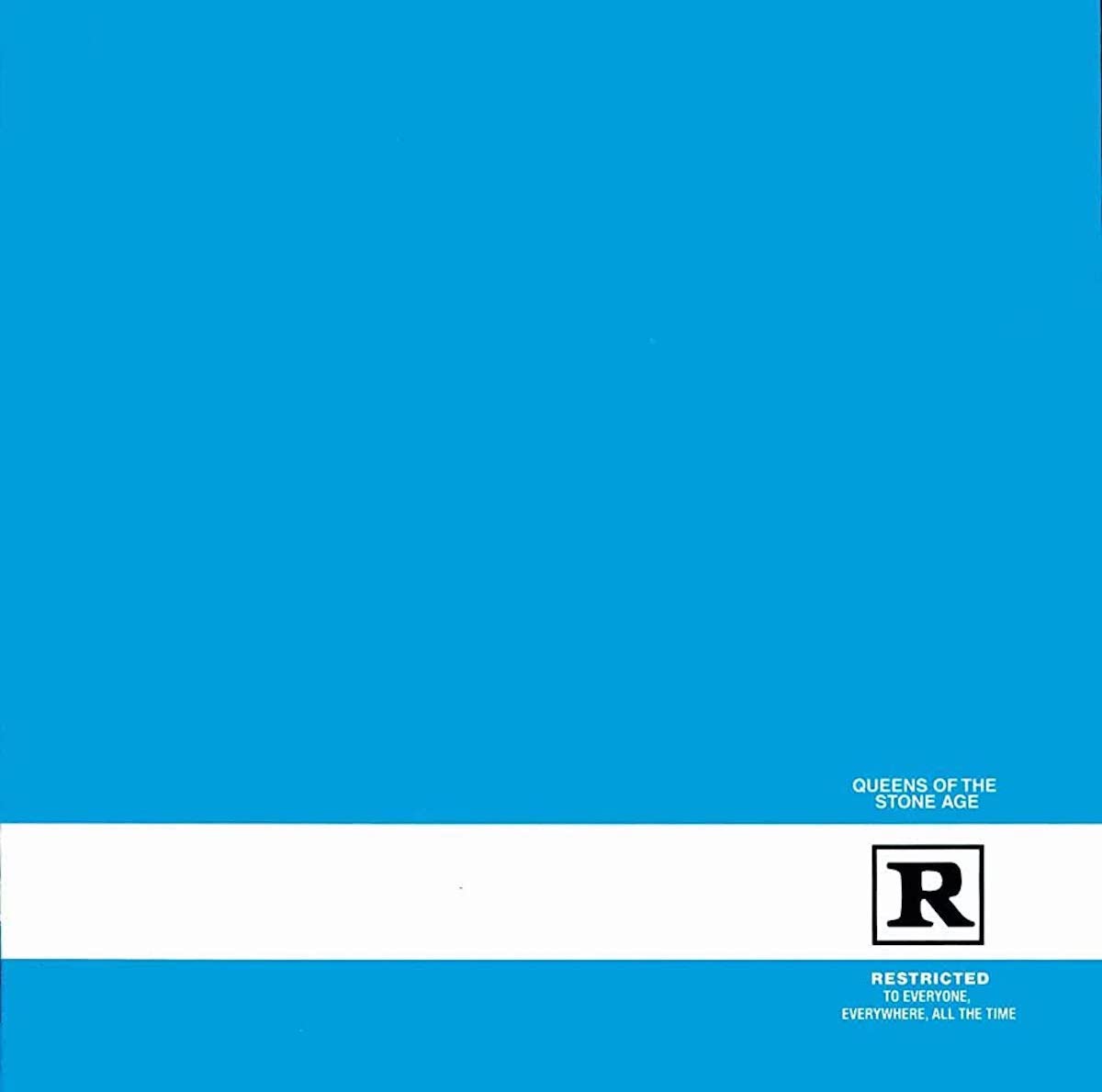
Success was upon us and the group was hired by a sub-label of Universal (Interscope) for a new contract. With the production support of Chris Goss and a host of excellent guests (Goss himself, Mark Lanegan, Barrett Martin, Pete Stahl, Rob Halford), QOTSA with their second album strengthen their melodic vein, maintaining that spirit of research and experimentation that belongs to Desert Sessions, a musical project conceived by Homme, in the name of improvisation and total expressive freedom. Homme puts Nick Oliveri’s ability to build crooked and oblique melodies, who is the most eccentric and punk soul of the band, a good dose of healthy madness. The disc presents such a variety of musical registers that one is stunned: from punk/hard to pop, from grunge to the visionary psychedelia of Better Living through Chemistryan indictment of the hypocrisy of the American government, which on the one hand prohibits the consumption of marijuana, on the other allows the large-scale use of psychotropic drugs.
Queens of the Stone Age
1998
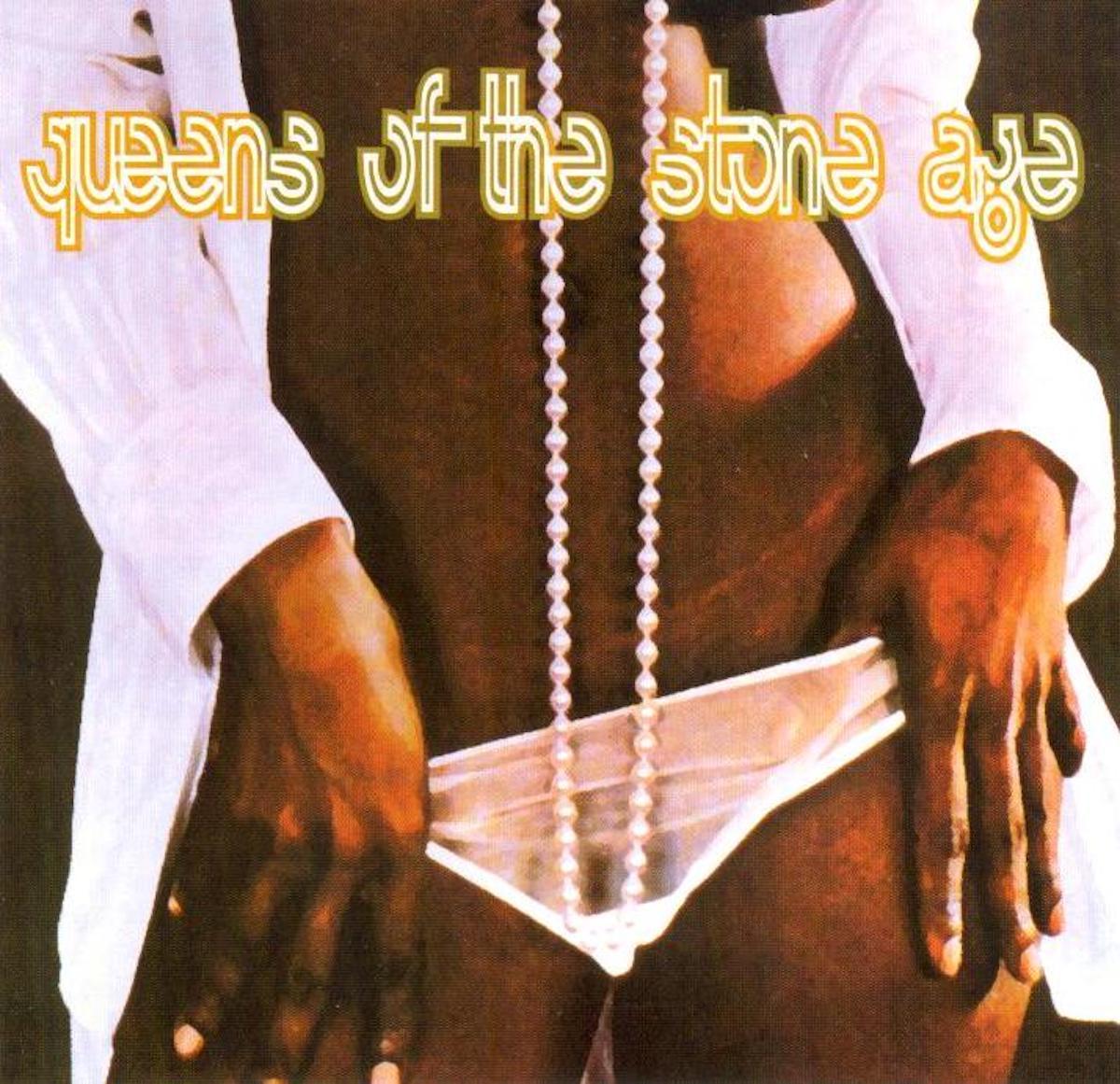
One of the fundamental albums of stoner rock, it is QOTSA’s “desert” record par excellence, the band’s first diamond in the rough, recorded in Palm Springs, in the southern California desert, with a duo line-up: Josh Homme (guitar and vocals ) and Alfredo Hernández (drums), plus an elusive Carlo (Von Sexron) in the role of bassist, none other than Homme himself under a pseudonym. Nick Oliveri will join the band on a permanent basis only after the album is finished, even if he appears in the photo on the back cover. Compared to the Kyuss, the reference models change, no longer only Blue Cheer and Black Sabbath, but also the Stooges, and their music, in fact, is a perfect marriage between the Blue Cheer and the Stooges: the specialized press will speak, not case, of acid punk to describe the band’s sound. In some passages (over all Walkin’ on the Sidewalkswith its lysergic and hypnotic guitar licks, and the majestic Mexicola) the spirit and riffs of Kyuss are still present, in others the characteristic elements of their style can already be glimpsed: Homme’s indolent singing and a marked melodic propensity, grafted onto a solid and hypnotic sound system. The Stoogesian riff of If Onlywhich recalls that of I Wanna Be Your Dog. Album of dazzling power and beauty, which highlights all the creative genius of Homme, forma con R And Songs for the Deaf a triptych of formidable records, which redefine the coordinates of rock for the new millennium.
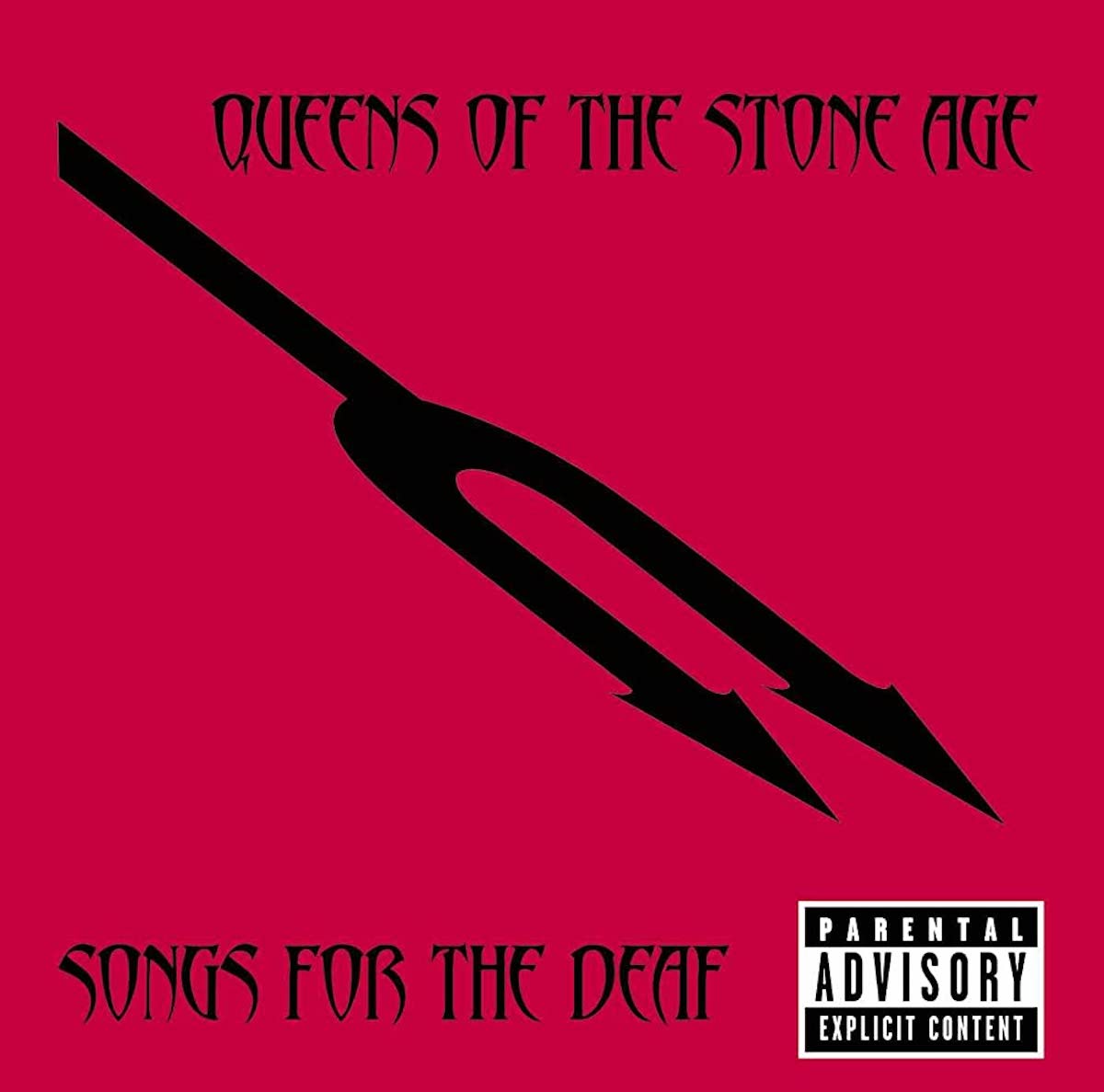
With the third album, QOTSA achieves unprecedented commercial success: it is the first stoner rock album to achieve a popularity never seen before. The core of the band, which revolves around Josh Homme and Nick Oliveri, are joined by ex Screaming Trees singer, Mark Lanegan, on vocals and ex Nirvana and Foo Fighters leader, Dave Grohl, on drums, who will define the The best album I’ve ever played on. Recorded, among others, by the ever-present Chris Goss, Songs for the Deaf is in all respects the band’s masterpiece, a brilliant example of post-stoner, representing the pinnacle and at the same time the overcoming of the stoner. The album contains 14 autographed songs, one better than the other, plus a Kinks cover (Everybody’s Gonna Be Happy). His strengths are Grohl’s powerful drums and Lanegan’s deep and hoarse voice. It is a total heavy rock record, a perfectly calibrated concentrate of hard rock, blues, psychedelia, punk, grunge and pop that cannot be ignored.

